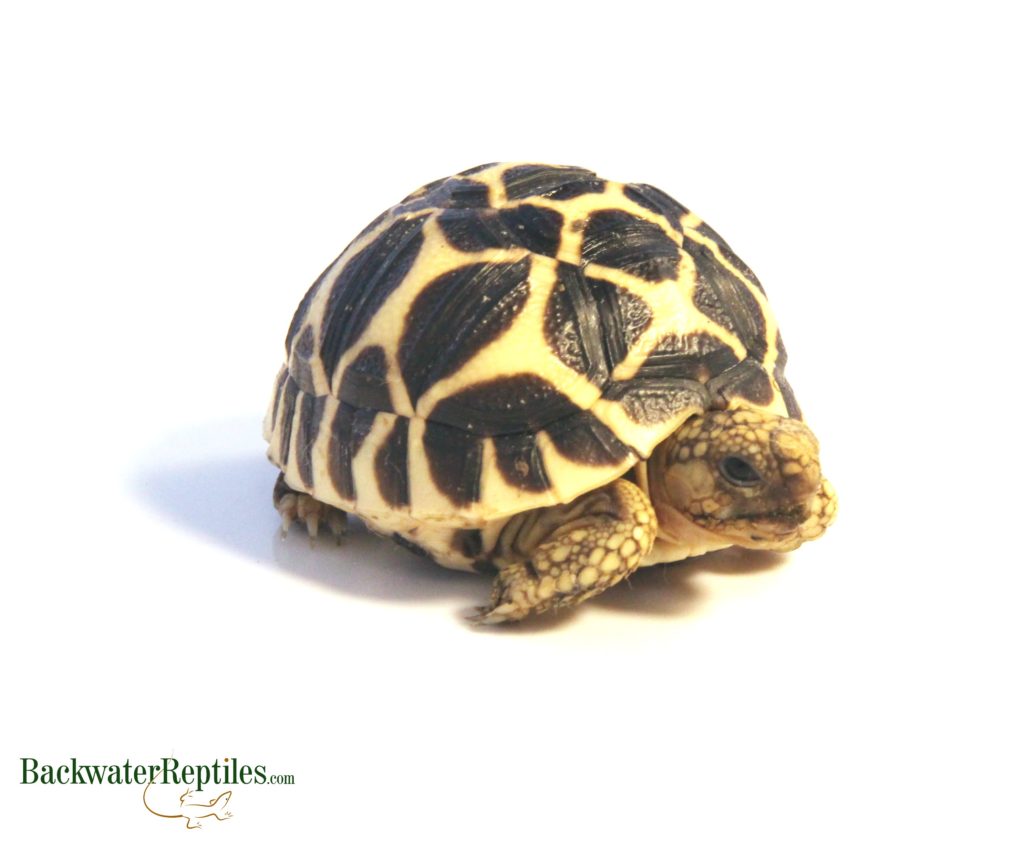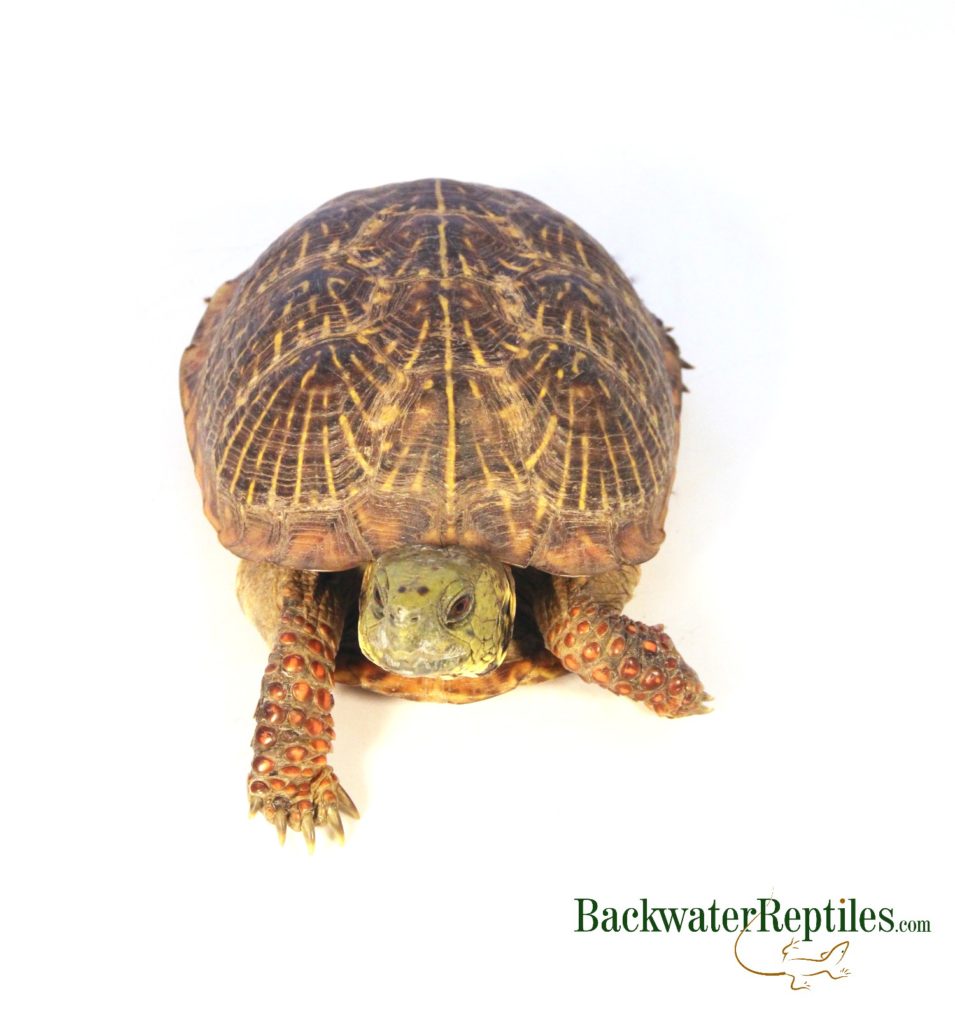Have you ever wondered, “What’s the difference between turtles and tortoises?” If so, you’re not alone. Many people confuse turtles and tortoises because these two types of reptiles are very similar in overall physical appearance.
However, when it comes down to it, turtles and tortoises are very different animals and have very different care requirements when kept as pets.
In this article, we’ll delve into the similarities and differences between turtles and tortoises. In our opinion, both make excellent pets, but you’ll want to know if a turtle or tortoise is better suited to your needs before you adopt one.

What’s the Difference Between Turtles and Tortoises?
Physical Traits
Upon first glance, turtles and tortoises appear very much the same, mainly because they both have hard shells that allow their body to retreat inside of it. However, when you examine both reptiles closer, you’ll see that their physical characteristics are actually slightly different to reflect their different life styles.
The shells of tortoises tend to be dome-shaped and weigh a fair amount. The shape helps to ward off potential predators. On the other hand, turtle shells are usually flat, smooth, and overall fairly light-weight in proportion to the animal. This is to keep the animal stream-lined for an aquatic or semi-aquatic life style.
A tortoise’s legs are chunky, sturdy and stay bent at the “knee” area to promote walking on land. Conversely, turtles’ legs tend to come straight out from underneath their bodies to support swimming and a more aquatic life style.

Turtles also have claws or toe nails on their webbed feet, which tortoises tend to lack. And if a tortoise does have toe nails, the nails themselves are worn down and not sharp due to the fact that they spend a lot of time walking on dry land. Some turtles have even adapted to have flippers instead of feet. This is generally only true if the turtle species in question is truly aquatic (i.e. a sea turtle).
Habitat
We’ve already hinted at what is probably the biggest different between turtles and tortoises – their habitats. Turtles tend to live fully aquatic or semi-aquatic lives, whereas tortoises live on land.
While there are some turtles that prefer life on land such as box turtles and there are also some turtles that live in the water nearly 100 percent of the time, such as sea turtles, most turtles will split their time between both land and water.

When you create a turtle habitat in captivity, you need to do your research and make sure that you are setting up the proper habitat to support your turtle’s life style. Some need a dry home with a water dish, whereas others will need a tank filled with water with a platform to emerge from the water to bask. It really does depend entirely on the species you choose to keep as a pet.
Turtles vs. Tortoises: Diet and Food
Most tortoises are vegetarian herbivores, but turtles can be carnivores or omnivores. Just like with habitat requirements, dietary requirements vary from turtle species to turtle species because they consume a wide variety of food.
Pet tortoises need to have leafy greens and veggies as their main diet. We give ours kale, collard greens, spinach, and root veggies like carrots. Occasional fruit can be given as treats too. And we should mention that commercial tortoise pellets are also a great option if you worry about your tortoise receiving a fully balanced diet.

Feeding a pet turtle is actually really easy. Aquatic turtles tend to like turtle pellets. We supplement pellets with crickets, roaches, and meal worms too. And it’s wise to leave some vegetable matter in the enclosure too so that your turtle has access to it if it chooses.
Reproduction
Both turtles and tortoises lay eggs. Both species dig a hole, lay their eggs, and then cover the eggs. The eggs will incubate for a time and then the hatchlings will dig their way out of the dirt or sand.
The main difference between turtle and tortoise reproduction is in incubation times, which vary from species to species, and in upbringing methods. Turtle hatchlings are essentially on their own from the time they emerge from the egg. Tortoise hatchlings, on the other hand, have some degree of protection from their mother. Some tortoise species will guard their nest, while others simply stick around and babysit the hatchlings for some time.
Conclusion
Ultimately, turtles and tortoises are very similar in build and physical appearance and we would recommend either reptile to anyone interested in a relatively low maintenance pet.
If you are debating between a pet tortoise or a pet turtle, we recommend going with a tortoise if you want a land-dwelling animal and a turtle if you want to provide an aquatic habitat.
